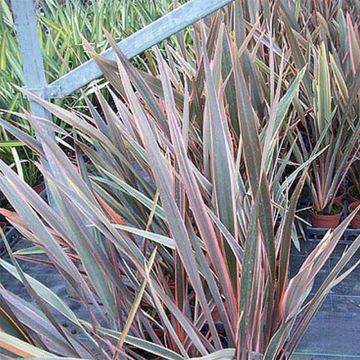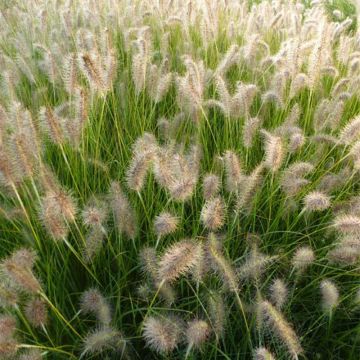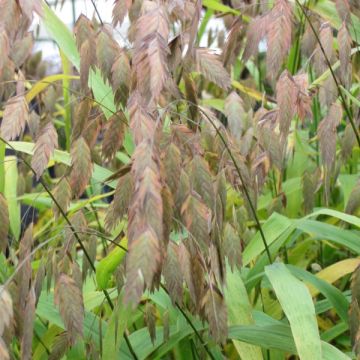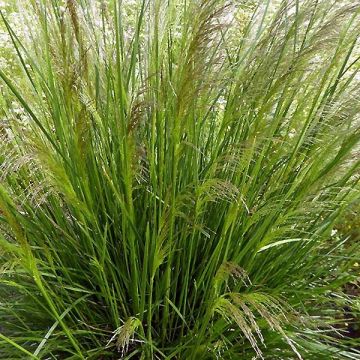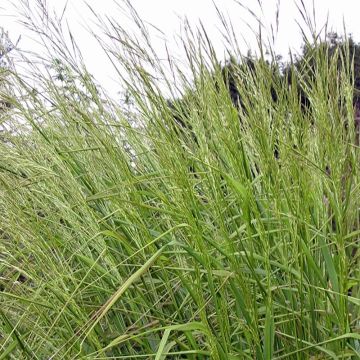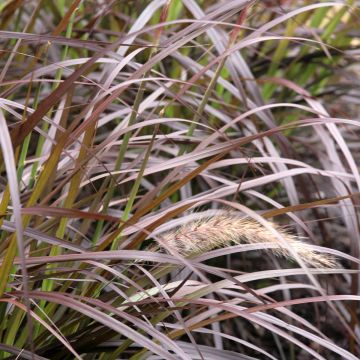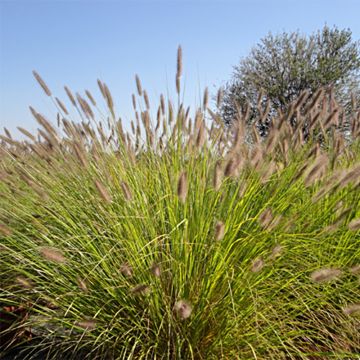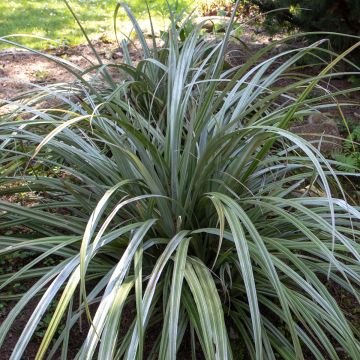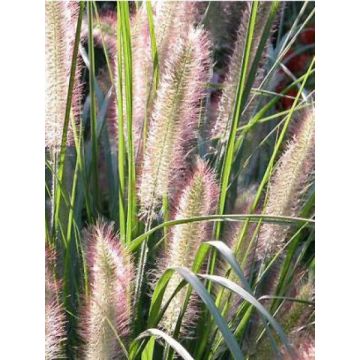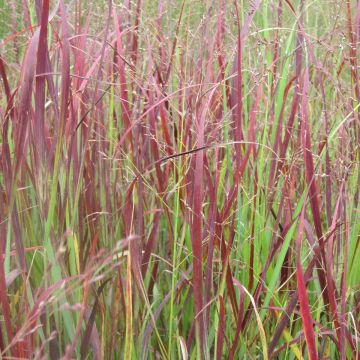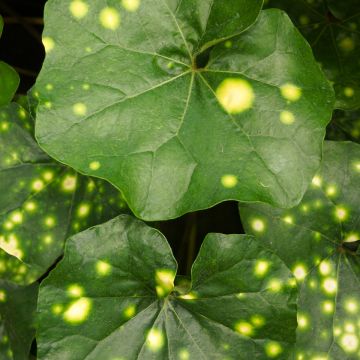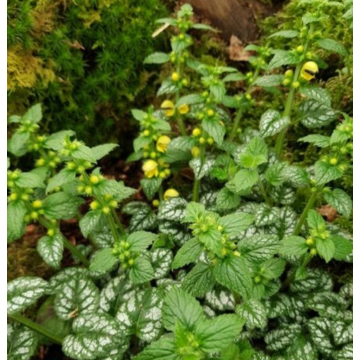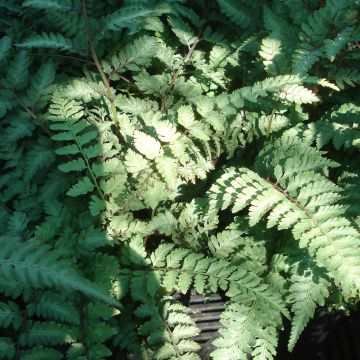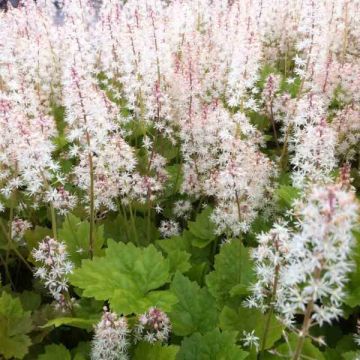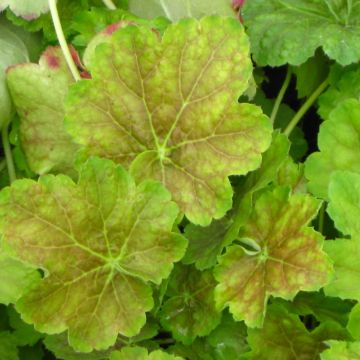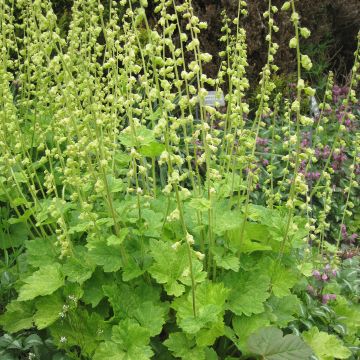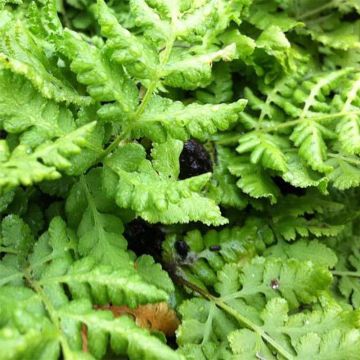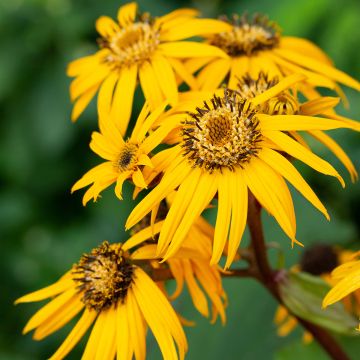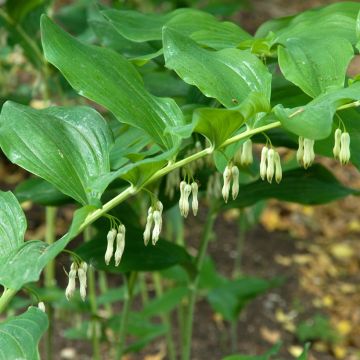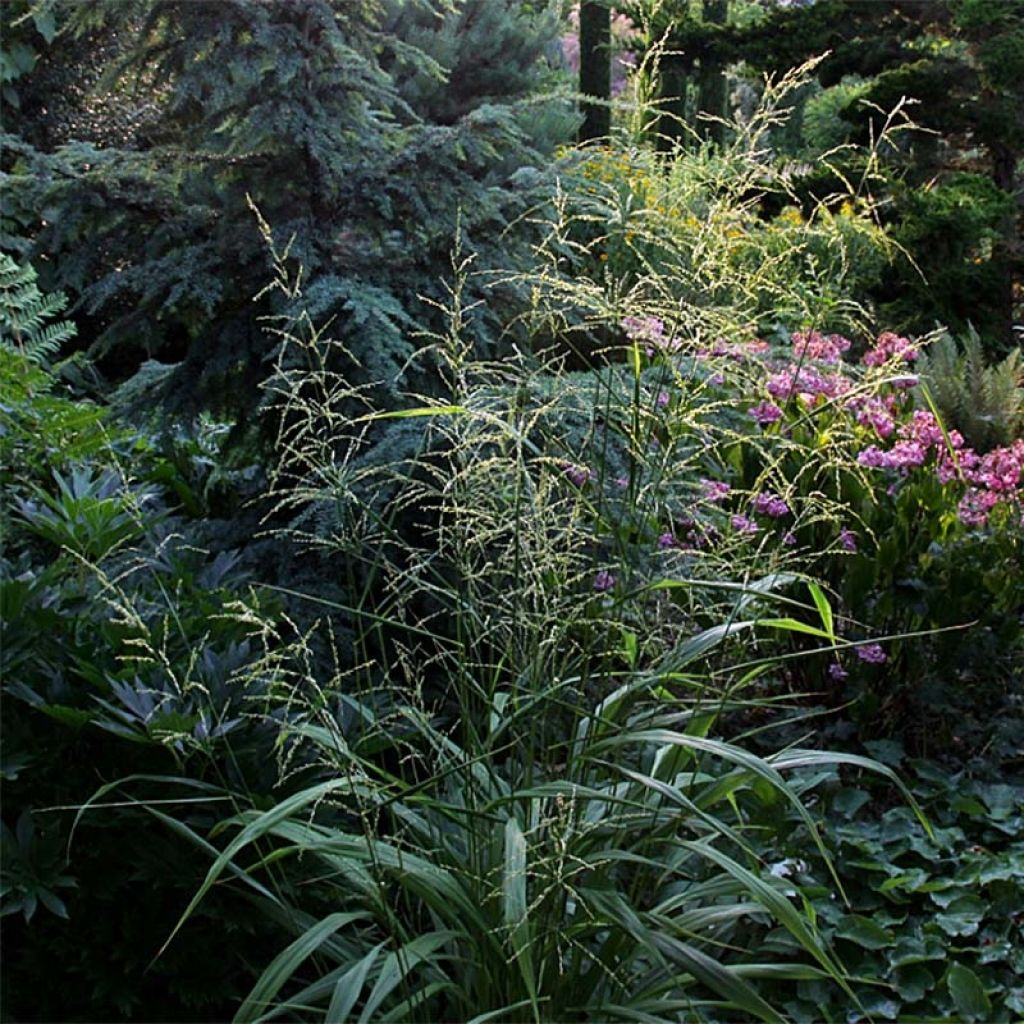

Phaenosperma globosa
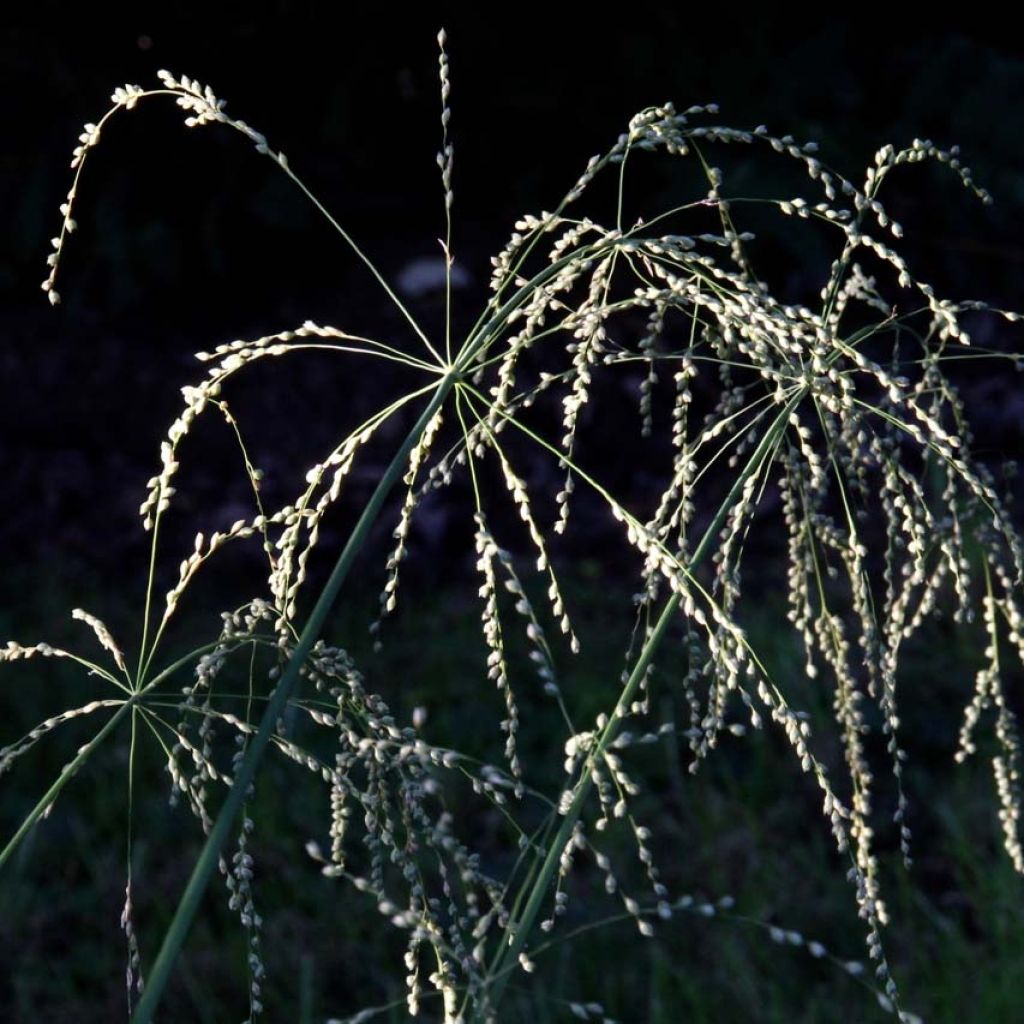

Phaenosperma globosa
Phaenosperma globosa
Phaenosperma globosa
Waterfall Millet
As always, no matter the species, despite good planting conditions, all the plants ordered have died. I have lost my money.
Isabelle, 27/05/2024
This item cannot be shipped to the selected country
Delivery charge from €5.90
More information
Schedule delivery date,
and select date in basket
This plant carries a 12 months recovery warranty
More information
We guarantee the quality of our plants for a full growing cycle, and will replace at our expense any plant that fails to recover under normal climatic and planting conditions.
From €5.90 for pickup delivery and €6.90 for home delivery
Express home delivery from €8.90.
Does this plant fit my garden?
Set up your Plantfit profile →
Description
The Phaenosperma globosa is a hardy and graceful perennial grass found naturally in humus-rich undergrowth, along watercourses, and other cool places in the mountains of East Asia. It charms with its beautiful fountain-like habit, lovely bluish-green foliage, relatively early flowering, and amusing and precious fruiting, which evokes clusters of pearls. In the garden, it can be used to add a poetic touch to shady and cool areas, ideally in the humus of an undergrowth. It is worth noting that it tolerates dry shade quite well.
The Phaenosperma globosa belongs to the large family of grasses; it is a mountainous origin grass resistant to cold (-20°C (-4°F)). The plant forms a tuft about 80 cm (32in) tall when flowering (50 cm (20in) for the foliage) and about 50-60 cm (20-24in) wide; its root system is non-invasive. It consists of stems bearing beautiful flat, tapering leaves measuring up to 4 cm (2in) wide. They are dark green on the upper surface, with bluish-to-whitish reflections on the underside. This foliage persists in mild climates during winter. Flowering occurs in June, more or less early, depending on the environment. It takes the form of long arching stems bearing upright flower heads, which then spread out and become branched and light, measuring 15 to 40 cm (6 to 16in) in length, with a silvery colour. After wind pollination, round, shiny seeds are formed, which become almost white when ripe.
The Phaenosperma globosa is a beautiful grass for fresh undergrowth or edges, rarely found in gardens. Its elegant grass-like silhouette and bright green foliage always make a big impression among shade plants such as ferns or silver candles, which often have a very different appearance. Place it in the least exposed corners of the garden, where it will benefit from summer freshness. It can be perfectly placed near a small pond or stream as long as the soil is not constantly waterlogged. Tolerating the competition of the roots of large trees, it can also be planted in groups of 5 to 10 plants on the edge of fresh undergrowth. It can be paired with ground cover plants that appreciate the same environments, such as small ferns (Polypodium), Hostas, Japanese grasses, and ophiopogons.
Report an error about the product description
Phaenosperma globosa in pictures




Flowering
Foliage
Plant habit
Botanical data
Phaenosperma
globosa
Poaceae
Waterfall Millet
East Asia
Other Ornemental grasses A to Z
Planting and care
Plant Phaenosperma globosa in semi-shade or shade, in cool, moist soil, preferably acidic to neutral. Make a planting hole 20 cm x 20 cm x 20 cm. If your soil is heavy and clayey, mix a little potting compost with the crumbled soil, partially fill in the hole and place your pot (having removed the pot) so that the top of your plant's root ball is covered with 2-3 cm of soil. Press the soil down and water copiously to eliminate any air pockets. If the weather is dry, water regularly for a few weeks to help the plant recover. Also, water in the event of a dry summer. Prune dry, damaged foliage in March.
Planting period
Intended location
Care
-
, onOrder confirmed
Reply from on Promesse de fleurs
Shade-loving perennials
Haven't found what you were looking for?
Hardiness is the lowest winter temperature a plant can endure without suffering serious damage or even dying. However, hardiness is affected by location (a sheltered area, such as a patio), protection (winter cover) and soil type (hardiness is improved by well-drained soil).

Photo Sharing Terms & Conditions
In order to encourage gardeners to interact and share their experiences, Promesse de fleurs offers various media enabling content to be uploaded onto its Site - in particular via the ‘Photo sharing’ module.
The User agrees to refrain from:
- Posting any content that is illegal, prejudicial, insulting, racist, inciteful to hatred, revisionist, contrary to public decency, that infringes on privacy or on the privacy rights of third parties, in particular the publicity rights of persons and goods, intellectual property rights, or the right to privacy.
- Submitting content on behalf of a third party;
- Impersonate the identity of a third party and/or publish any personal information about a third party;
In general, the User undertakes to refrain from any unethical behaviour.
All Content (in particular text, comments, files, images, photos, videos, creative works, etc.), which may be subject to property or intellectual property rights, image or other private rights, shall remain the property of the User, subject to the limited rights granted by the terms of the licence granted by Promesse de fleurs as stated below. Users are at liberty to publish or not to publish such Content on the Site, notably via the ‘Photo Sharing’ facility, and accept that this Content shall be made public and freely accessible, notably on the Internet.
Users further acknowledge, undertake to have ,and guarantee that they hold all necessary rights and permissions to publish such material on the Site, in particular with regard to the legislation in force pertaining to any privacy, property, intellectual property, image, or contractual rights, or rights of any other nature. By publishing such Content on the Site, Users acknowledge accepting full liability as publishers of the Content within the meaning of the law, and grant Promesse de fleurs, free of charge, an inclusive, worldwide licence for the said Content for the entire duration of its publication, including all reproduction, representation, up/downloading, displaying, performing, transmission, and storage rights.
Users also grant permission for their name to be linked to the Content and accept that this link may not always be made available.
By engaging in posting material, Users consent to their Content becoming automatically accessible on the Internet, in particular on other sites and/or blogs and/or web pages of the Promesse de fleurs site, including in particular social pages and the Promesse de fleurs catalogue.
Users may secure the removal of entrusted content free of charge by issuing a simple request via our contact form.
The flowering period indicated on our website applies to countries and regions located in USDA zone 8 (France, the United Kingdom, Ireland, the Netherlands, etc.)
It will vary according to where you live:
- In zones 9 to 10 (Italy, Spain, Greece, etc.), flowering will occur about 2 to 4 weeks earlier.
- In zones 6 to 7 (Germany, Poland, Slovenia, and lower mountainous regions), flowering will be delayed by 2 to 3 weeks.
- In zone 5 (Central Europe, Scandinavia), blooming will be delayed by 3 to 5 weeks.
In temperate climates, pruning of spring-flowering shrubs (forsythia, spireas, etc.) should be done just after flowering.
Pruning of summer-flowering shrubs (Indian Lilac, Perovskia, etc.) can be done in winter or spring.
In cold regions as well as with frost-sensitive plants, avoid pruning too early when severe frosts may still occur.
The planting period indicated on our website applies to countries and regions located in USDA zone 8 (France, United Kingdom, Ireland, Netherlands).
It will vary according to where you live:
- In Mediterranean zones (Marseille, Madrid, Milan, etc.), autumn and winter are the best planting periods.
- In continental zones (Strasbourg, Munich, Vienna, etc.), delay planting by 2 to 3 weeks in spring and bring it forward by 2 to 4 weeks in autumn.
- In mountainous regions (the Alps, Pyrenees, Carpathians, etc.), it is best to plant in late spring (May-June) or late summer (August-September).
The harvesting period indicated on our website applies to countries and regions in USDA zone 8 (France, England, Ireland, the Netherlands).
In colder areas (Scandinavia, Poland, Austria...) fruit and vegetable harvests are likely to be delayed by 3-4 weeks.
In warmer areas (Italy, Spain, Greece, etc.), harvesting will probably take place earlier, depending on weather conditions.
The sowing periods indicated on our website apply to countries and regions within USDA Zone 8 (France, UK, Ireland, Netherlands).
In colder areas (Scandinavia, Poland, Austria...), delay any outdoor sowing by 3-4 weeks, or sow under glass.
In warmer climes (Italy, Spain, Greece, etc.), bring outdoor sowing forward by a few weeks.

































